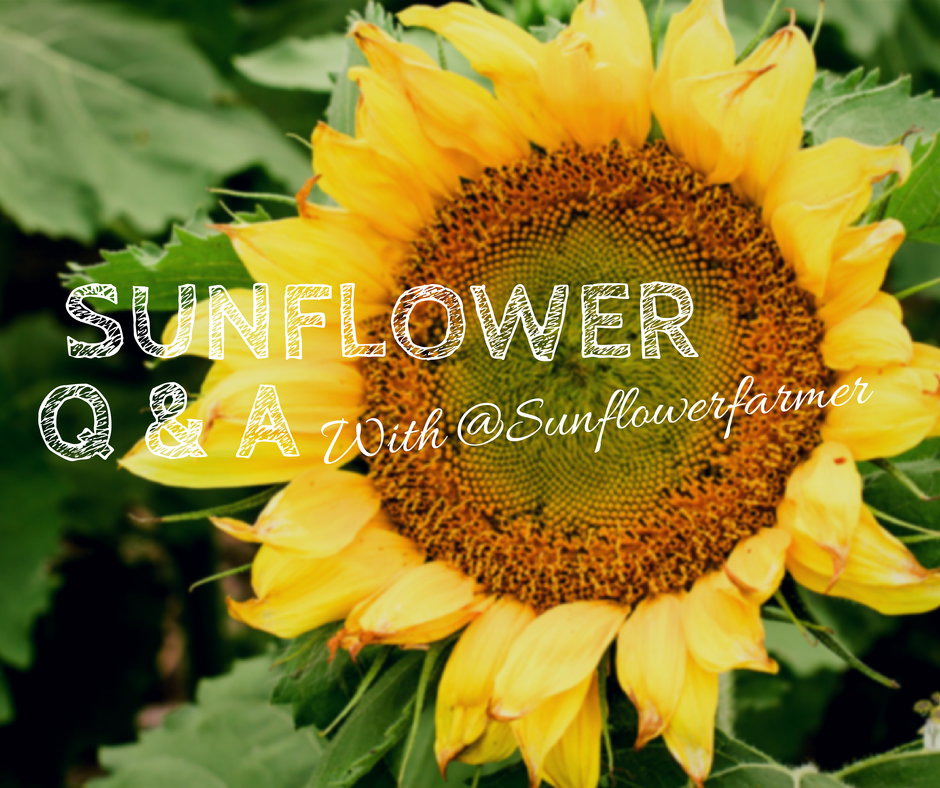
Thank you to all of you who asked questions about sunflowers! Y’all asked some GREAT questions! My husband (Sunflowerfarmer) and I thoroughly enjoyed answering these! I decided to split this post into two because it was getting long. Here we go!
What kind of sunflowers do you plant?
We plant a black oil variety of sunflower called NuSun Clearfield Hybrid with Downy Mildew Resistance Trait. Basically what this means is three things.
- NuSun is a newer mid-oleic sunflower that was adapted and put on the market in the late 90s. NuSun oil has become favored over other oils for commercial use because it provides optimal health benefits, great taste, and superior performance, all while remaining trans fat free and 10% lower in saturated fat.
- Clearfield Hybrid combines high-yielding seeds with a broad-spectrum herbicide to provide long-lasting weed control, quality crop, and able to be marketed across the globe. The herbicide trait in Clearfield sunflowers is based on a natural mutation discovered in a wild sunflower. Through research and hybrid breeding, Clearfield sunflowers were born and now provide us with greater crop tolerance and improved weed control.
- Downy Mildew Resistant means that the sunflowers have been bred to be resistant to downy mildew. Downy Mildew is a fungal disease that can be devastating to sunflowers.
This variety of sunflowers is a medium maturity sunflower with about 73 days to flowering and 100 to full maturity (or harvest).
Our sunflower seeds come treated with fungicide and insecticide, which is why they are colored purple in the photo below. The purpose of this seed treatment is to protect the seed and plant in its early stages of growth. Seed treatments will also protect the plant in disease promoting conditions allowing the plant to use its energy on growth.
Are your sunflowers GMO?
No, there is no such thing as GM sunflowers. It may seem like it above, but these resistance traits and NuSun technologies were developed with standard hybrid breeding methods, not bioengineering.
Some have said that over the long term, however, biotechnology will be needed to help sunflowers compete for acreage with other oilseed crops that already possess bioengineered traits. Sunflower acreage (especially in our area in North Dakota) has lost acreage to other row crops such as soybeans that also possess bioengineered traits.
Do your sunflowers need to be re-planted every year?
Yes, our sunflowers are an annual crop we re-plant every year. However, as with any of our crops, no crop is planted in the same field year after year.
On our farm we grow four different crops. And we grow these crops because we have the opportunity to do so. Planting a variety of crops for our operation lowers our risk. What I mean by that is that in our area we can have a great short season and a bad long season or vice versa. In turn, we utilize a variety of short season AND long season crops. Our climate and seasons simply aren’t set up for a full season crop such as corn all the time.
Out of the four crops we plant, two are broadleaf and two are grasses. We cycle them through in rotations from grass to broadleaf and repeat. A rotation like this also allows us to change modes of herbicide action so that we aren’t putting the same herbicides on the field time and time again.
We plant sunflowers on the farm because it is a good warm season broadleaf that utilizes the leftover nitrogen in the soil from the previous corn crop. The flowers are planted in between the previous year’s corn rows. We are fortunate in our area to be able to plant sunflowers as many places around us are too wet or have a problem with black birds. To read more about our Crop Rotation, please visit my Agriculture.com article.
Where do the sunflower seeds you plant come from?
The vast majority of the sunflowers planted across the nation and even around the globe are grown in California. According to the National Sunflower Association, California (specifically the Sacramento Valley) produces roughly 95% of the hybrid seed planted each year by U.S. growers. And an even larger volume of hybrid seed from California is exported to Europe and Asia.
What makes the Sacramento Valley the best location to grow hybrid sunflower seed? Climate during the growing season of March to October is extremely favorable. Little to no rainfall during the spring, summer, and fall means acres are irrigated which gives the plants the exact amount of moisture they need: not too much and not too little which alleviates stress on the plants. Diseases that plague our sunflowers here in North Dakota are basically nonexistent due to the Valley’s lack of rainfall and very low daytime humidity.
How do you plant sunflowers?
As with any row crop, uniform spacing when planting is important. You can use either a drill or a planter to plant the sunflowers. We typically use a planter. We plant our sunflowers in 30 inch rows at about a depth of 1 3/4 inches. When planting sunflowers, the soil temperature needs to be at 50 degrees or more at the seed depth (1 ¾ inches). Planting seeds of any crop into cold soils will can cause the seed to go into dormancy and can delay germination.
Here’s an excerpt from my post What Equipment Do Farmers Use to Plant about how a planter works:
The planter works in three parts. First being the “trash wheels” which move aside any leftover residue in the field. In our planter, seed is taken from a large hopper to individual hoppers for each row. From there a vacuum sucks the seed into a disc that has holes for one corn seed. As the disc goes around, it drops one seed into the ground in precisely measured increments. We can increase or decrease the depth much like a drill, but with the planter we can also manage the distance from seed to seed in a row, which is what makes the planter more precise.
Next week, we will answer questions about growing, if the sunflowers follow the sun, how they pollinate, all about harvest, and where the sunflower seeds go once they are harvested! Stay tuned!
Did you learn anything? I sure hope so!
If you are interested in purchasing any of these sunflower photos, please visit my Photography page!

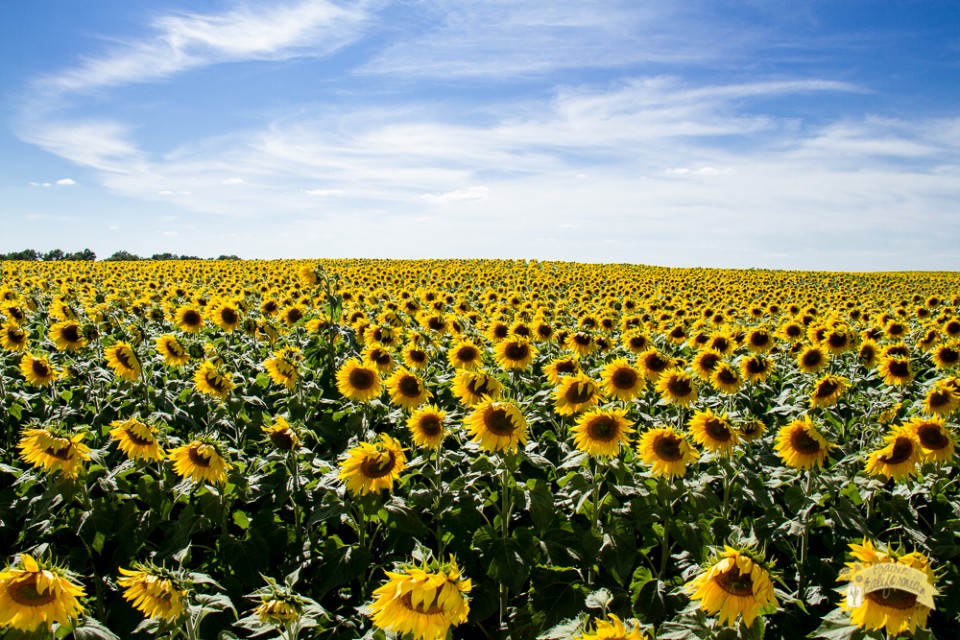
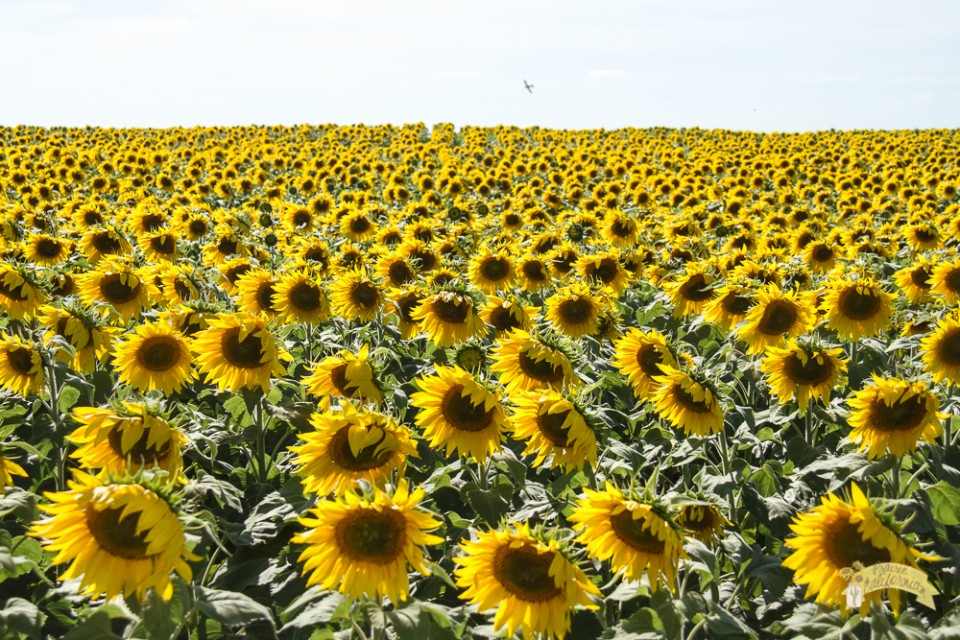
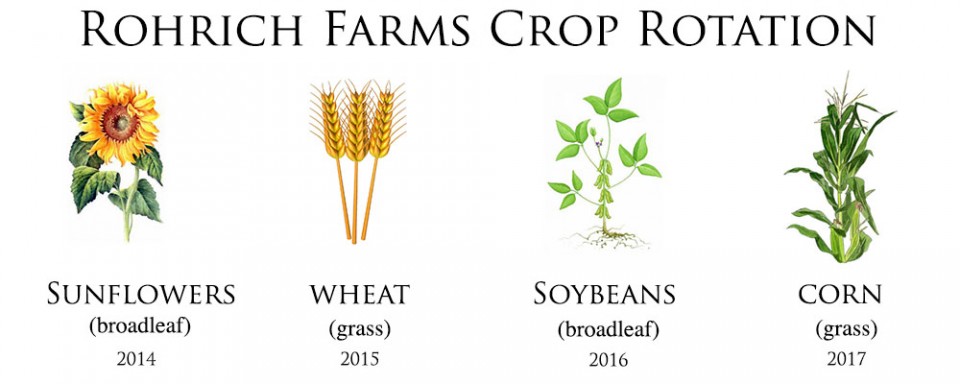
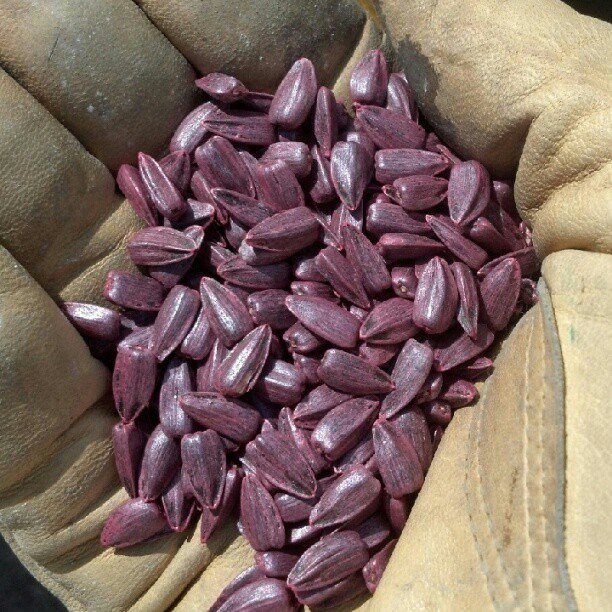

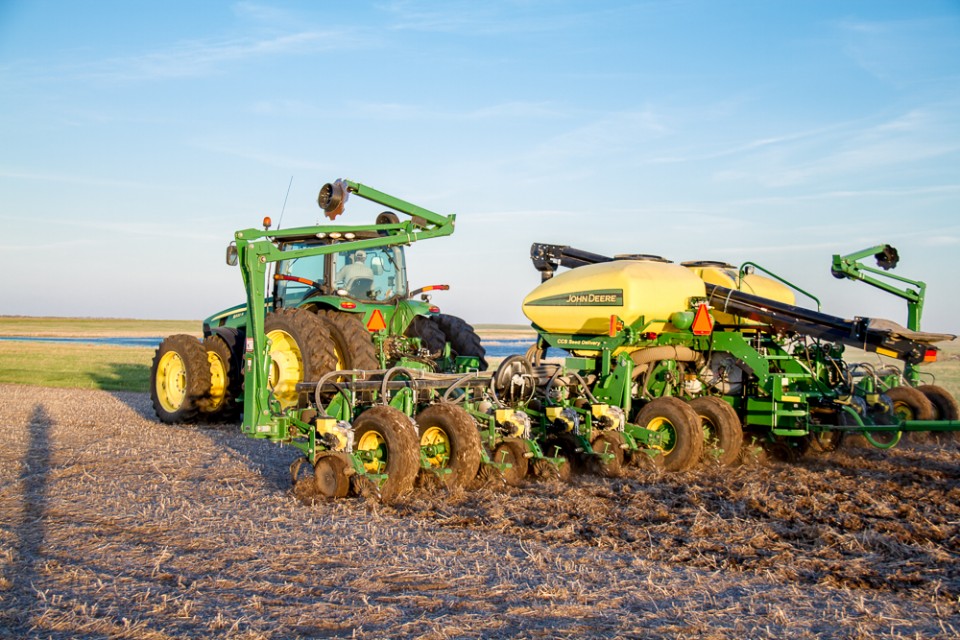
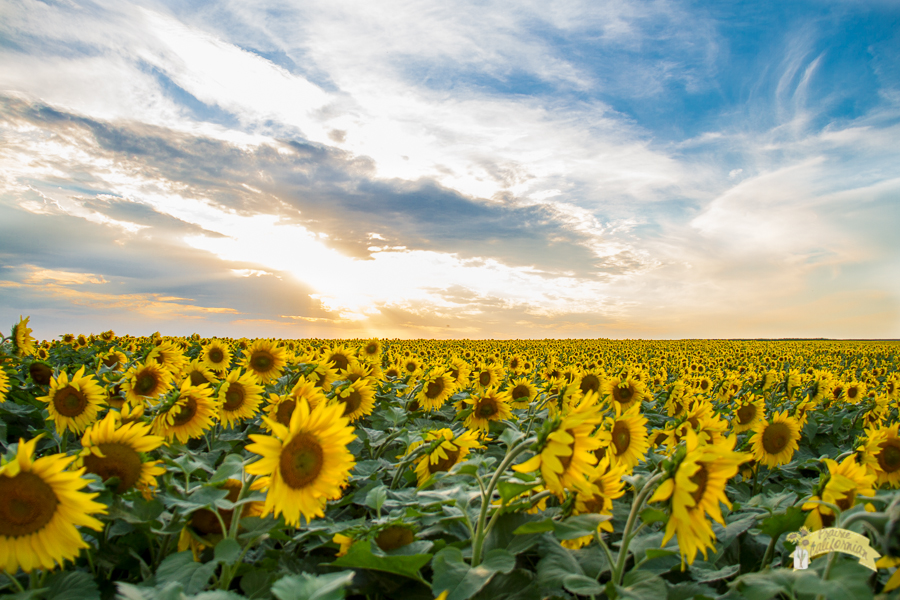
To dig further into something you addressed here, how does the severe drought in California affect your seed (quality, price, availability, etc)? I believe this is the third year of the drought and there isn’t any sign of it easing in the foreseeable future.